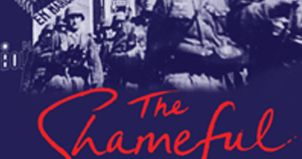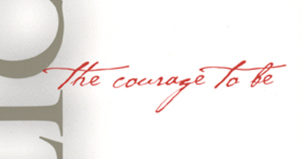Boredom: Dangerous Creativity
“I’m bored,” are dreaded words parents hear from the backseat on a road trip, but the problem may be inevitable. In Boredom: A Lively History Peter Toohey contextualizes boredom using various artistic and literary examples and ultimately theorizes that boredom may actually be a good thing and stimulate creativity. From Jane Austen’s Emma to Gustave Flaubert’s Madame Bovary, Toohey explores how literary characters have escaped boredom (matchmaking and affairs respectively) and the consequences, both good and bad, that boredom has for these characters. He also delves into the psychological explanations of boredom finding that boredom is determined by concepts including time and social experiences.
 Toohey delineates between two types of boredom: simple and existential. Simple boredom is impossible to avoid forever, a result of extremely repetitive and laborious tasks like stuffing envelopes or doing something that has seemingly has no meaning. Finding a new task or giving a task new meaning will alleviate simple boredom. Existential boredom, commonly known as ennui, is much more complex and harder to classify. Existential boredom is that type of boredom which seemingly has no cause but inherently remains part of the human condition. Toohey argues that this sort of boredom only exists in certain cultures; that is, it is not the same for everyone. He says, “Humans and many animals always have the capacity for this emotion, but not all societies enable or require creatures to experience boredom.” Boredom, he argues, occurs in situations of confinement, such as hospitals or even schools, because the opportunity for voluntary action is taken away. Students in school cannot chose to write from right to left or when to have class outside. With their choices taken away, boredom sets in. However, Toohey finds, these periods of boredom may actually be beneficial to human creativity.
Toohey delineates between two types of boredom: simple and existential. Simple boredom is impossible to avoid forever, a result of extremely repetitive and laborious tasks like stuffing envelopes or doing something that has seemingly has no meaning. Finding a new task or giving a task new meaning will alleviate simple boredom. Existential boredom, commonly known as ennui, is much more complex and harder to classify. Existential boredom is that type of boredom which seemingly has no cause but inherently remains part of the human condition. Toohey argues that this sort of boredom only exists in certain cultures; that is, it is not the same for everyone. He says, “Humans and many animals always have the capacity for this emotion, but not all societies enable or require creatures to experience boredom.” Boredom, he argues, occurs in situations of confinement, such as hospitals or even schools, because the opportunity for voluntary action is taken away. Students in school cannot chose to write from right to left or when to have class outside. With their choices taken away, boredom sets in. However, Toohey finds, these periods of boredom may actually be beneficial to human creativity.
A recent study found that when people feel bored they endeavor to find something to re-establish the sense of meaning in their lives; however, this search for meaning does not always end when boredom is alleviated. Toohey furthers this claim by arguing that boredom functions to enhance self-perception because people are afforded more time to analyze their lives. It is often during these times that people make the decision to donate blood or become organ donors because they want to do something good with their lives, thus by giving their lives meaning they are no longer bored.
Boredom also nurtures the seeds of creativity. From musicians to writers and entrepreneurs, ideas that break the traditional, repetitive (i.e. boring) pattern of thought are broken as a result of experiencing boredom. We might find the pervasive use of sex and drugs in some artistic cultures to be explained by the desire to escape boredom. And still, many adherents to this trend are still credited as some of the most creative people of their generation. The next time the phrase “I’m bored” comes up, it’s worth considering how far that state can develop within our own imaginings of experiencing a different world.




Interesting.